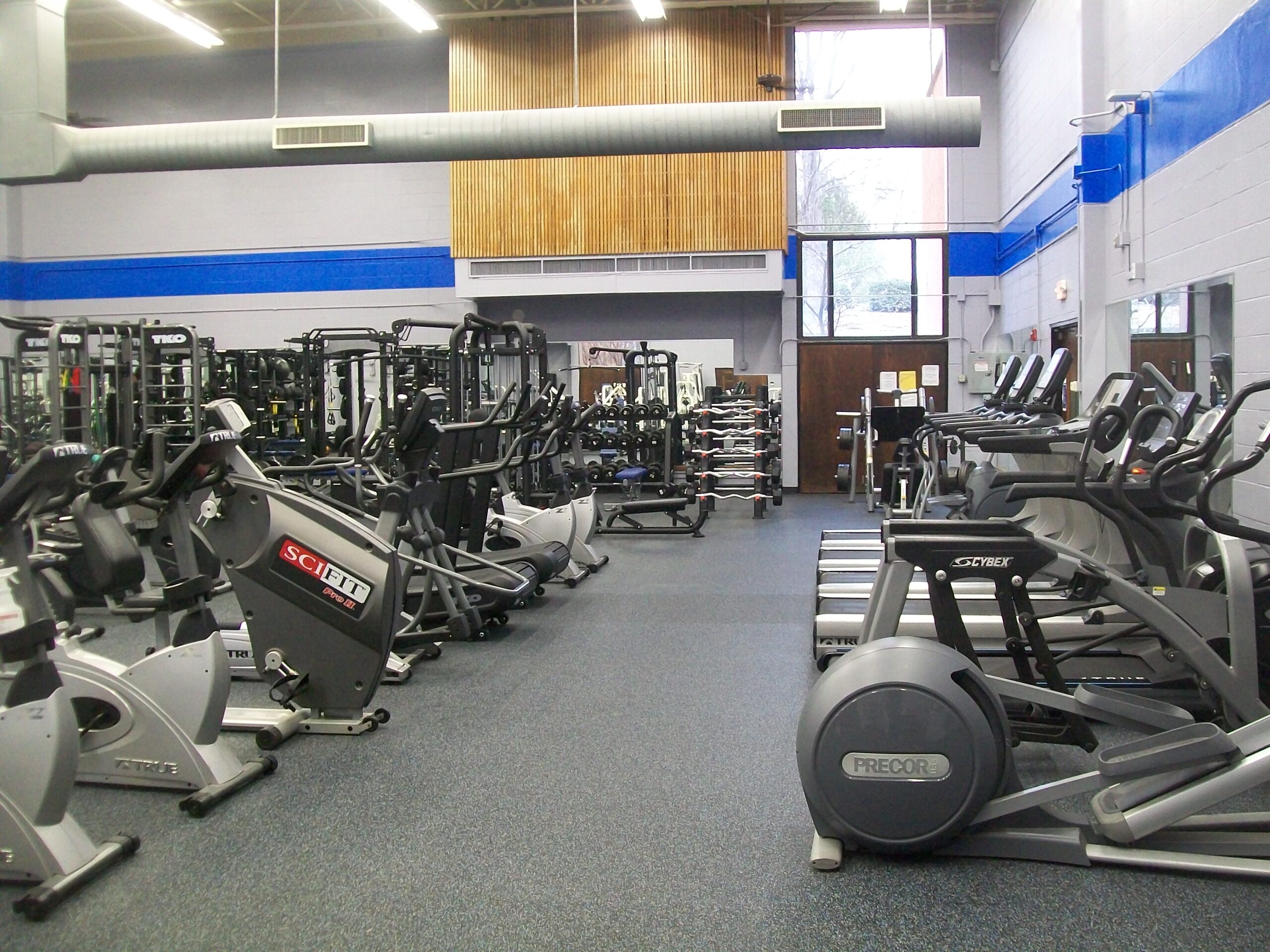Sitting Too Long at Sedentary Jobs Poses Health Risks
TYRA LEESMAN
Print Editor-in-Chief
Sitting is an activity that students engage in for hours at a time in the classroom and longer during study sessions. Similarly, students who graduate to desk jobs experience the same inactivity as a normal, everyday behavior.
According to Gordon Green, a physical therapy assistant, sitting is among the worst hazards to the health of students and faculty.
“It can cause problems with your spine, and not only that but with digestion and your circulation. With lack of activity, your digestive tract is crunched down all the time. You get constipated, you get backed up and your digestions slows, which of course leads to heartburn. Your blood isn’t pumping into your legs properly, or returning into your heart. You know how sometimes you sit for too long and your legs start to tingle? That can create nerve damage, too. All your weight is pinching down against your veins in your legs and bottom and cutting down or cutting off circulation,” said Green.
Adults who sit for long periods of time are at risk for a list of diseases and disabilities, including diabetes, heart disease, deep vein thrombosis, and neuropathy according to STLCC’s physical therapy assistant program curriculum. People who engage in long periods of sitting include students, office workers, and truck drivers.
“When I drove a truck, it was debilitating to me. Besides the weight gain, my lower back was in a lot of pain. Unless you have really good posture, you have a tendency to slouch and experience back pain,” said John Fitz, a Meramec graduate who drove for Schneider before entering STLCC.
According to Green, students who sit for long periods of time should get up and stretch. This advice applies to anyone with a job that requires inactivity.
“There are desks and cubicles now that transform into standing stations so that you can stand up for a while. Even if you don’t have that, get up every fifteen minutes. At the very least, get up every couple hours. Stretch and walk around and get the blood flow back in your legs,” said Green.
Finding and participating in a hobby that involves cardiovascular endurance can lessen the impact of the side effects of sitting, according to the PTA curriculum.
Exercise helps maintain healthy blood flow in the limbs and brain, staving off symptoms like high blood pressure, high blood sugar, muscle atrophy, and nerve damage.
“When I started working out between runs in my truck, I noticed I could sit longer without back pain. Sit-ups really helped support my posture and going for sprints and jogs made it so my legs didn’t fall asleep or cramp up from sitting, doing my job,” said Fitz.












